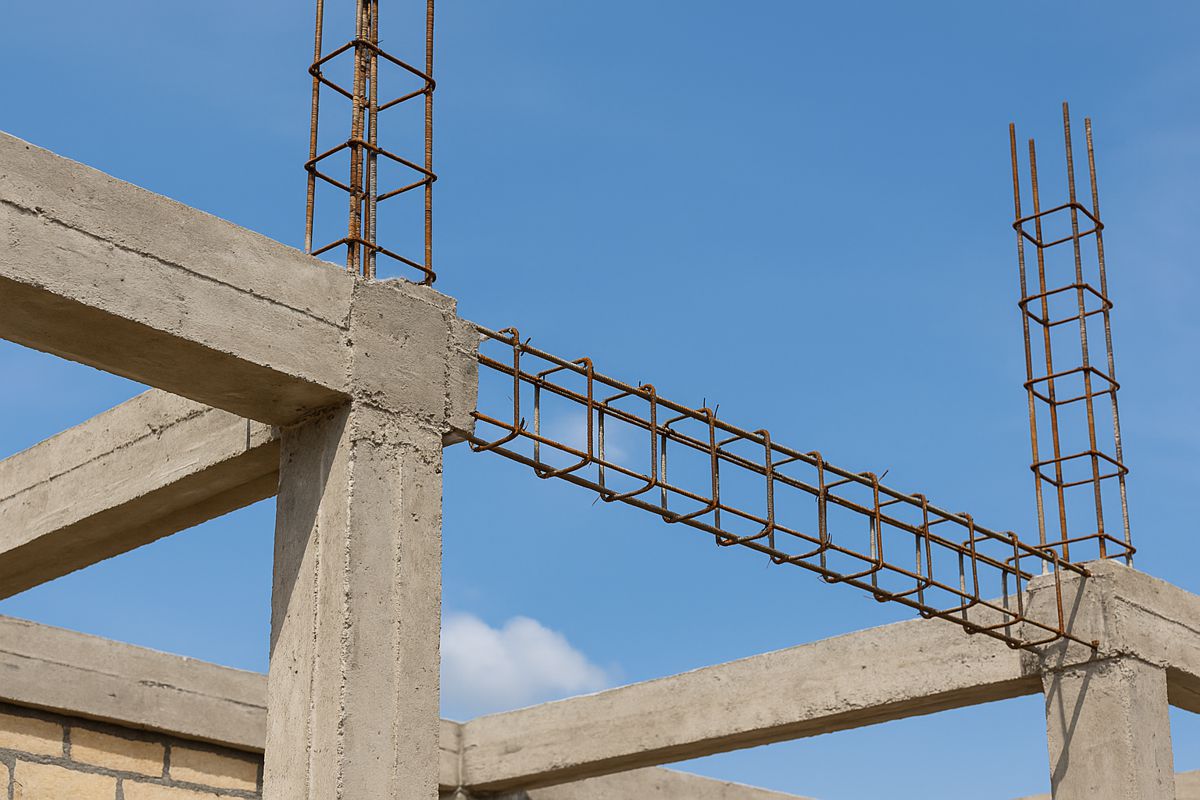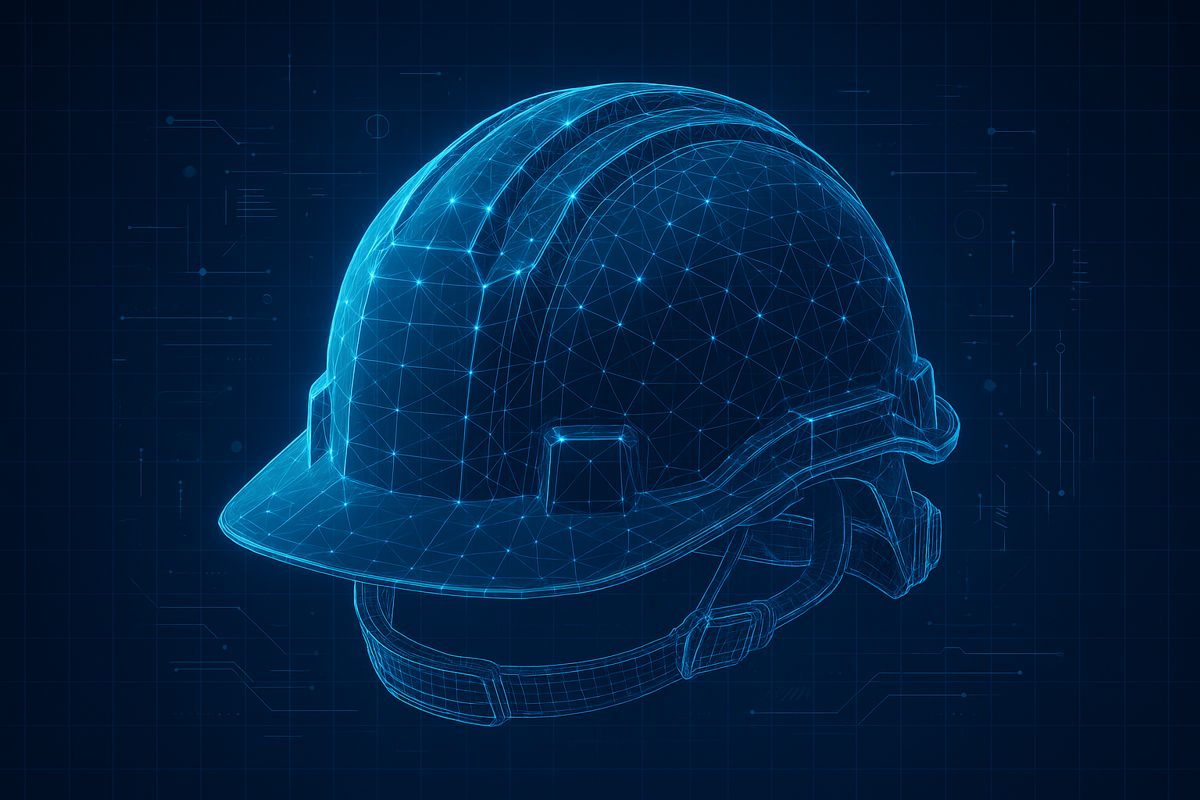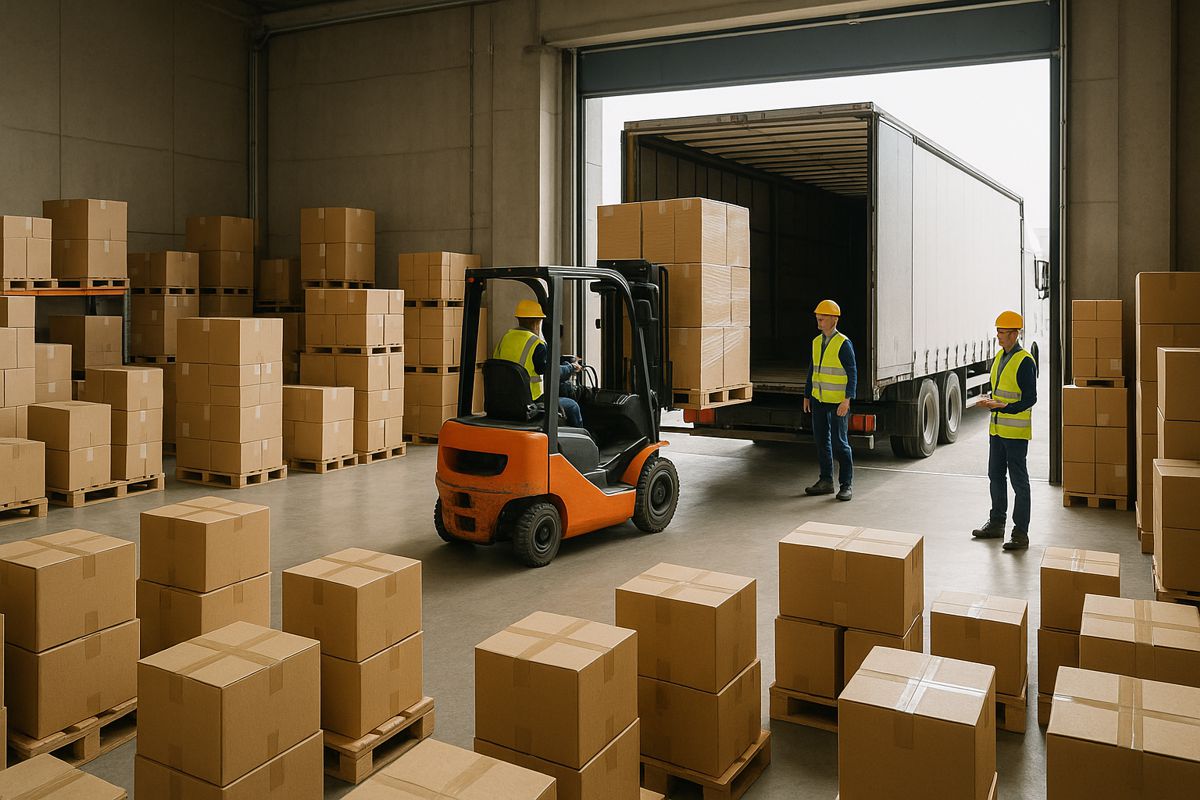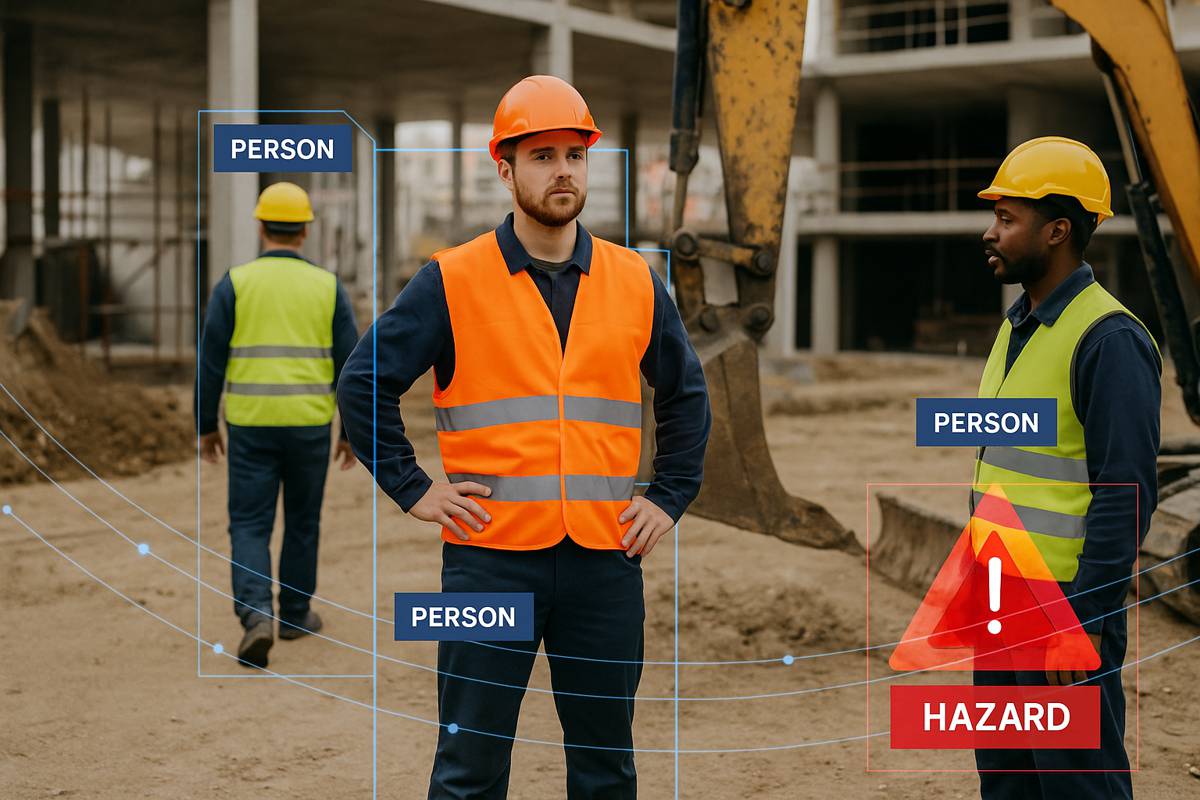Minimizing workforce Risks on your Construction Projects
The construction industry can be unpredictable and tremendously complex. Mismanagement and miscalculation can result in compromised work quality and cost companies time and money. Among all the aspects of project management, workforce risk management remains one of the most vital.
Construction risk management involves the process of identification, assessment, and mitigation or acceptance of the risk. Workforce-related risk management, on the other hand, is a continuous process that needs to be maintained until the project comes to a close.
This guide talks about how to minimize workforce-related risk in construction projects, and how platforms like Bridgit can help by making the construction process more efficient through effective resource utilization.
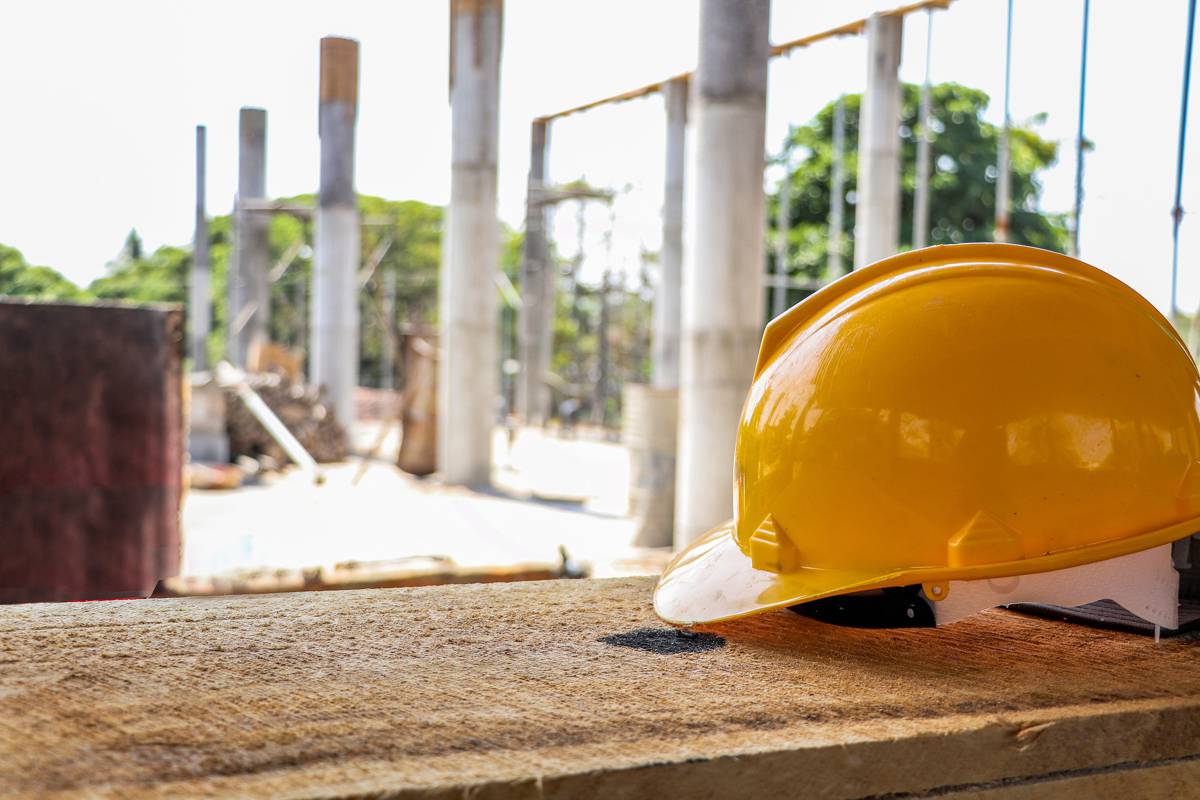
The 5 best practices to minimize workforce-related risks on your construction projects
Here’s how you can reduce workforce risks on your construction project.
Hire on more workers and improve your hiring practices
Construction projects are often labour-intensive, which is why the worldwide shortage of labourers creates significant risk. Even with great design or architectural planning, lacking enough workers to construct the actual building can cause delays. And even after you’ve hired enough people, you’re likely to encounter another common issue in the industry: a lack of productivity and quality.
Construction firms will need to hire workers that are highly capable and possess the necessary skills to complete specialized jobs. Workforce-related risks can be minimized by conducting extensive background checks and thorough interviews during hiring.
After you’ve hired enough people, you can also make use of resource management software to track and manage the productivity and performance of employees.
Create a better workplace environment
The key to creating a vibrant workplace that employees can appreciate and feel comfortable participating in is addressing questions such as ‘Why does this organization exist?’ or ‘Why should employees care?’.
The aim of employers and contractors should be to offer value to workers instead of just providing them with projects to finish. Instead, hone in on developing a welcoming community and encourage career advancement. Provide employees with a company vision and culture to boost morale.
Your company website should reflect community improvement initiatives and other employee benefits programs.
Use workforce intelligence software
Data is the biggest tool to determine your company’s workforce capability. Workforce intelligence software leverages data to streamline recruitment, assist with workforce planning, and help with allocating resources.
Project management software like Bridgit Bench is one of the best ways to mitigate workforce-related risks on construction projects.
Make safety a core value
One of the biggest concerns in the construction industry is safety. When the workers are on a deadline and are trying to complete jobs as quickly as possible, their safety can be compromised.
Contractors should seek answers to the following questions to mitigate workforce-related risks:
- What are some different safety policies that exist, and how should they be implemented?
- Are there safety training plans for workers?
- Is there accountability and enforcement of safety practices in the workplace?
To raise worker awareness and create a safer working environment, contractors should first establish and then consistently communicate safety protocols. Ensure that all workers are fully trained on safety.
Different workforce safety-related protocols can include:
- Providing workers with the right personal protective equipment, such as hard hats and safety vests
- Training workers properly to prevent communication issues and liability
- Ensuring that all tools and equipment are safe to use and fully-functional
- Identifying and investigating any workforce-related incidents to prevent them from happening again in the future
Workers should also be commended and rewarded when they’ve gone several consecutive days without any incidents, since it ultimately incentives them to adhere to safety protocols.
Provide sufficient training
Safety is a skill set that’s best learned before employees enter the job site. Construction firms should provide useful materials and resources to train new employees on safety practices. Resources can include pamphlets, worksheets, training videos, or even a Construction Safety Training System (CSTS) course.
Employees should be expected to regularly refresh their knowledge by attending training sessions, which may range from fall protection and ladder use to how to work in a confined space. The goal is to minimize incidents on the job site by making sure workers are sufficiently prepared. After attending training sessions, ensure workers are applying this knowledge on-site.
On-site injuries have the potential to cause worker fatality, ruin your construction firm’s reputation, and cause significant financial loss.
Establish a claims management program
When accidents do occur, a construction firm’s adequate response can make a difference in earning employee trust and being held liable.
The worst-case scenario for injured employees is when their claims aren’t processed, which results in workers’ compensation disputes, creating friction between workers and employers.
Employers need to maintain a good line of communication and stay in touch with injured workers to show that the company is aware of the issue and is concerned with their well-being and safety. This, in turn, improves morale, which is vital to employee retention and risk mitigation.

Minimizing risk is a continuous, but rewarding process
Construction companies that effectively manage their workforce benefit from greater productivity, profitability, and higher project success rates.
Automation in the construction industry has helped significantly in better workforce resource planning, enabling companies to allocate the right people for jobs.
The right labour, equipment, and resources (such as workforce management software) play a vital role in minimizing workforce-related risk in construction projects. It’s also the key to achieving a safer work environment and better sustainability.












